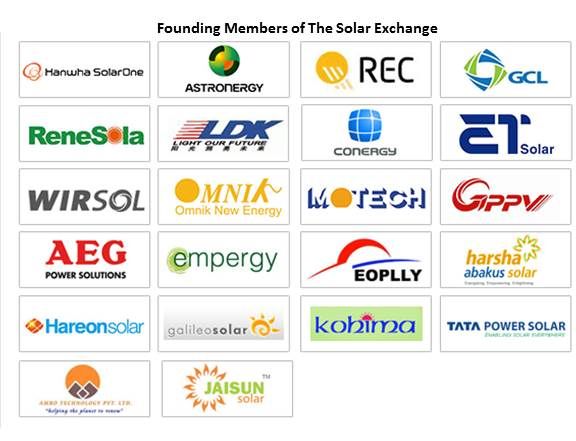Solar Exchange wants to do for the solar industry what Ariba and Emptoris did for the software industry and what Amazon, eBay, and Alibaba did for businesses’ online buying and selling.
“Online commerce has recognized advantages over brick-and-mortar commerce,” explained Solar Exchange CEO Gary Mull. “You register at our cloud-based trading platform and, as a member, you can browse to bid or to buy, and, if you choose to register as a seller, to sell.”
Solar Exchange is modeled on software industry trading platforms like Emptoris, which was acquired by IBM, and Ariba, which was purchased by Oracle. Both were independently developed and now provide business management services to software companies ranging from procurement assistance to legal and accounting expertise.
“The concept is not unique, but this is solar-specific,” Mull said. A subsidiary of the Amvensys Capital Group, the Solar Exchange platform is intended to streamline the buy-sell mechanics Mull wrestled with at Westinghouse Solar.
“Things always took longer and cost more than they should have,” Mull said. Procuring inventory required identifying suppliers, traveling, and negotiating, he added. There were costs for travel, language barriers, and time zone complications.
“Our focus is the global business-to-business space, but it is not just about buying and selling. It is an opportunity to establish trade relationships and negotiate ongoing product exchanges,” Mull said.
Registration at the site is free for buyers. Sellers pay an annual membership fee. The standard plan is $250 per month for five named users. There is a higher-level plan at $500 per month for ten named users and an enterprise fee of $1,000 per month for unlimited use.

“Small installers who can’t go to China and buy modules and negotiate better prices now have the ability to play like the big guys,” Mull said.
The site’s forward-auction and request-for-quote technologies represent “a transaction engine,” Mull explained. “A module manufacturer can put out a request for a quote for glass. It can be open or sealed. It can have detailed specifications, a timeline, and a cost range. It can be directed at specific glass makers. From the responses, the module manufacturer can then negotiate.”
Clean Power Finance and AEE Solar declined to comment on the startup, which could be construed as an emerging competitor to the firms.
"In an era of commoditizing components, having a marketplace that effectively matches buyers and sellers will keep the wheels of solar commerce moving quickly," observed Cinnamon Solar CEO Barry Cinnamon, who was the Westinghouse Solar CEO when Mull was the company's marketing VP. The exchange will help sellers list solar products without "profit-killing fire sales," but buyers will still be able to price-shop, he added. "Cinnamon Solar will be using Solar Exchange when it is up and running."
“Anything that eases the flow of capital and improves transparency and access” is a boon for the industry, according to a Silicon Valley venture investor.
“My biggest competitor is the traditional way of doing business,” Mull said. “Creating a marketplace is not simple, but this could change the way people do business, like the B2B arms of eBay, Alibaba, and Amazon did.”



